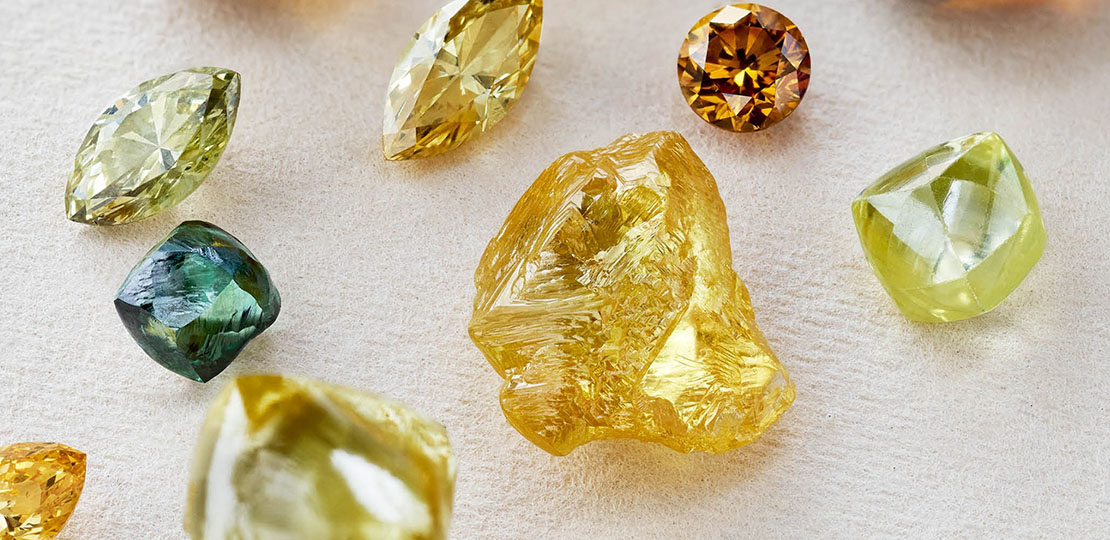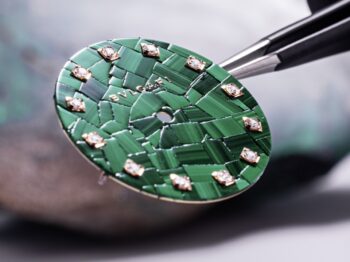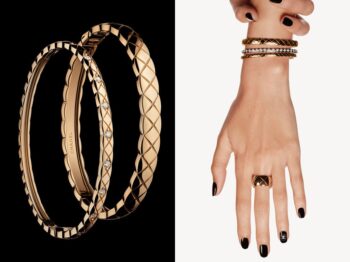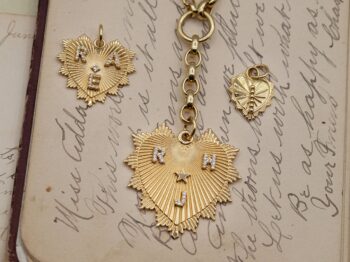Ever since De Beers has been around, they’ve had a monopoly on the diamond market. By gaining control of supply, they were able to control pricing. At the turn of the 21st century, somehow this monopoly fell apart partly due to newly operated mines.
Russia: De Beer’s first diamond mine competitor
In the 1950s, Russia discovered new mines. These mines were a problem for De Beers, as they tried to maintain global control of the market. Alrosa, a state owned Russian mine, mines over 99% of Russia’s diamond production. Russia leads the world in terms of diamond production. At first, Alrosa marketed their diamonds as De Beers, but they quickly ended that contract. Now, Russian Alrosa markets their own diamonds, which makes them the world’s largest producer by volume.
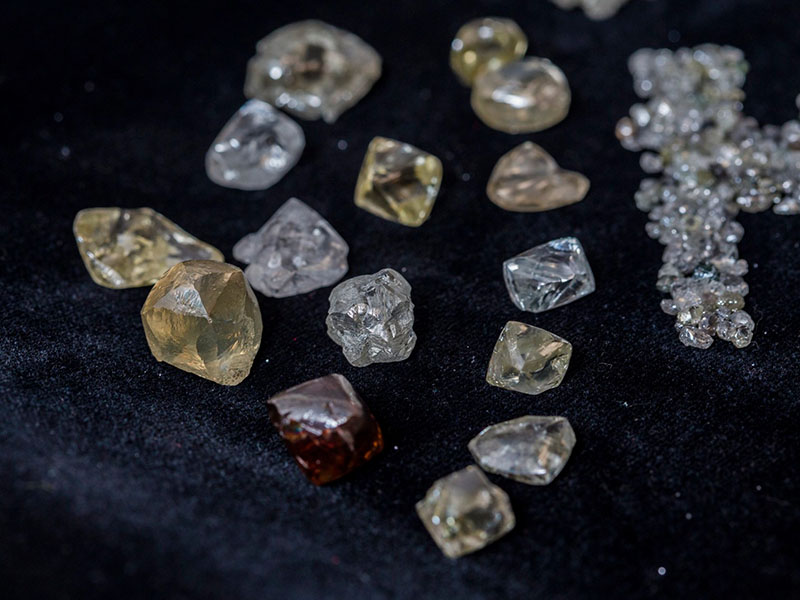
Australia diamond mines came into light
In the 1980s, it was the turn of Western Australia to discover new mines. Rio Tinto, which owns the Argyle Diamond mine in Australia is another company that initially sold their diamonds through De Beers. In 1996 they created a department in Antwerp, Belgium, which helped them to end their contract with De Beers. These two companies were major factors in ending the De Beers monopoly and still to this day are huge competitors for the company.

Jewelry brands competing with De Beers
In addition to mining competitors, De Beers has had some retail competitors to their De Beers Diamond Jewellery. The first three brands that stated as number one competitors were Harry Winston, Tiffany and Cartier especially on the bridal market. These three brands have been part of the worlds retail market much longer than De Beers. As a reminder, Harry Winston, Inc. first opened their doors in 1932 in New York City. Tiffany & Co began selling jewelry in 1853 and Cartier started creating their first watches in 1904.
Bridal Iconic settings
These companies have since widened their repertoire, creating engagement rings that are in competition with De Beers. A Harry Winston classic, is their The One. This is designed with a micro pave diamond halo effortlessly surrounding the diamond or gemstone of your choice.
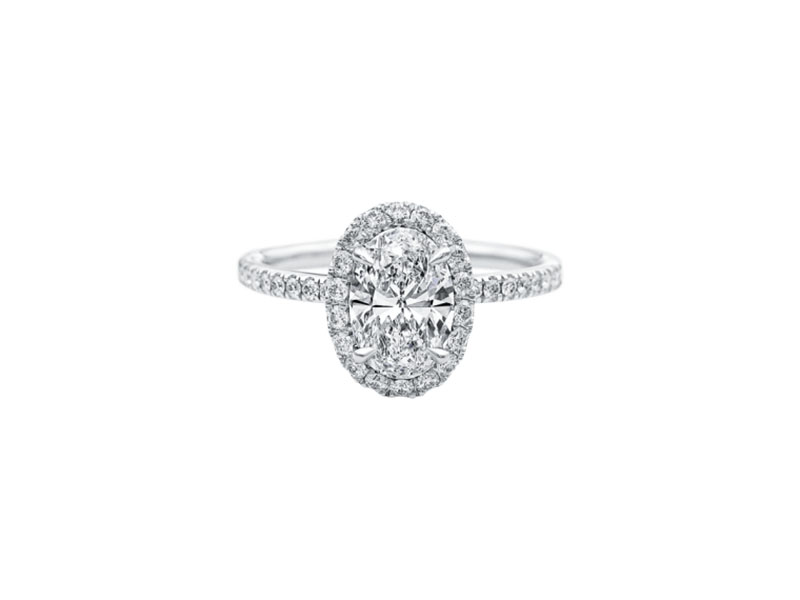
Tiffany’s 6 prong Tiffany Setting has become one of the most popular engagement rings in the industry. Designed in 1886 by Charles Lewis Tiffany himself, this ring was very revolutionary. Tiffany showcased the entire diamond, unlike previous rings that were bezel set. The claw basket allowed for security as well as fully displaying the diamond.
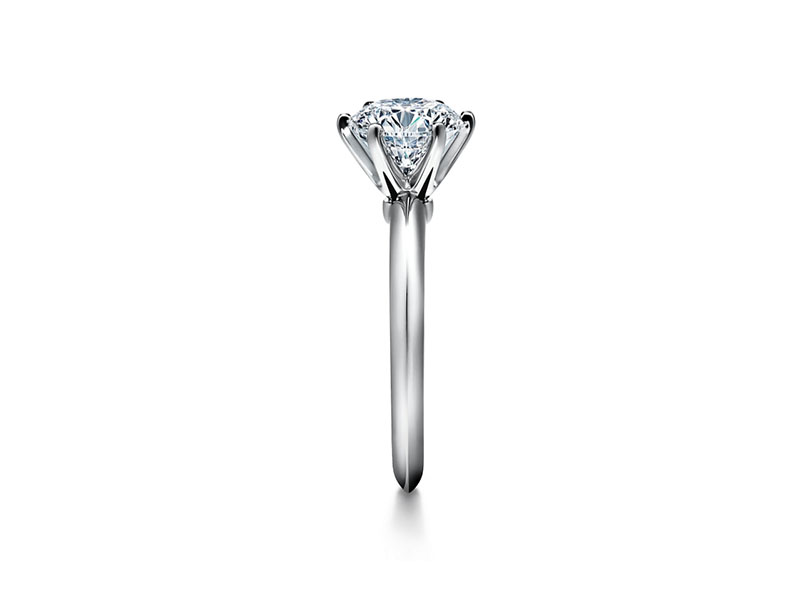
Cartier’s Solitaire 1895 has been around since 1895, well before De Beers started creating jewelry. This simple setting is comprised of 4 prongs, with the diamond set high to allow for light to travel through the diamond.
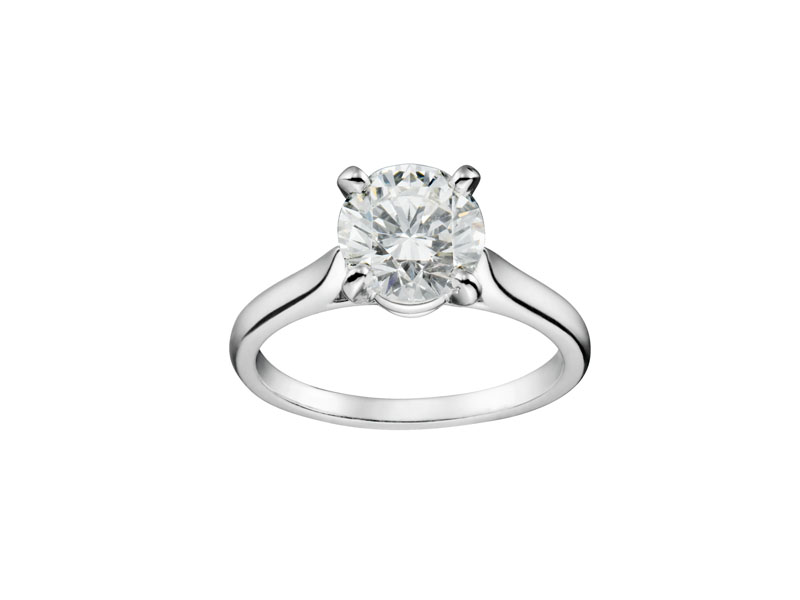
De Beers first engagement ring, on the other hand, came around in 2002. Their first retail store, located on London’s Old Bond Street location inspired their first engagement ring design, ‘Old Bond Street.’ This classically designed solitaire has become a De Beers iconic setting. The simple solitaire houses the diamond in a V shape, allowing for excellent light and brilliance performance.
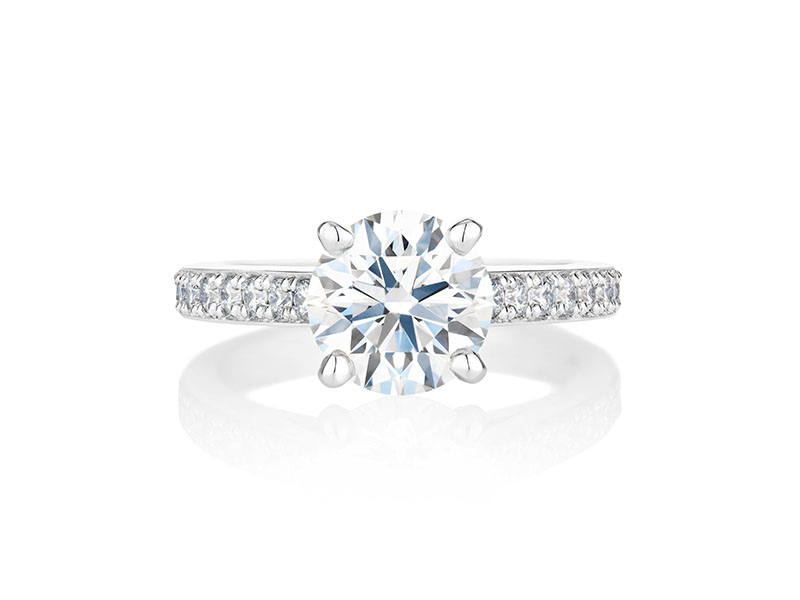
While De Beers was once a monopoly, its competitors are what helped to take down this cartel. Through diamond mines in Russia and Australia, De Beers no longer remains to hold this monopoly. Even though they still have these competitors, as well as retail competitors, they still hold a very comfortable role in the diamond market.

